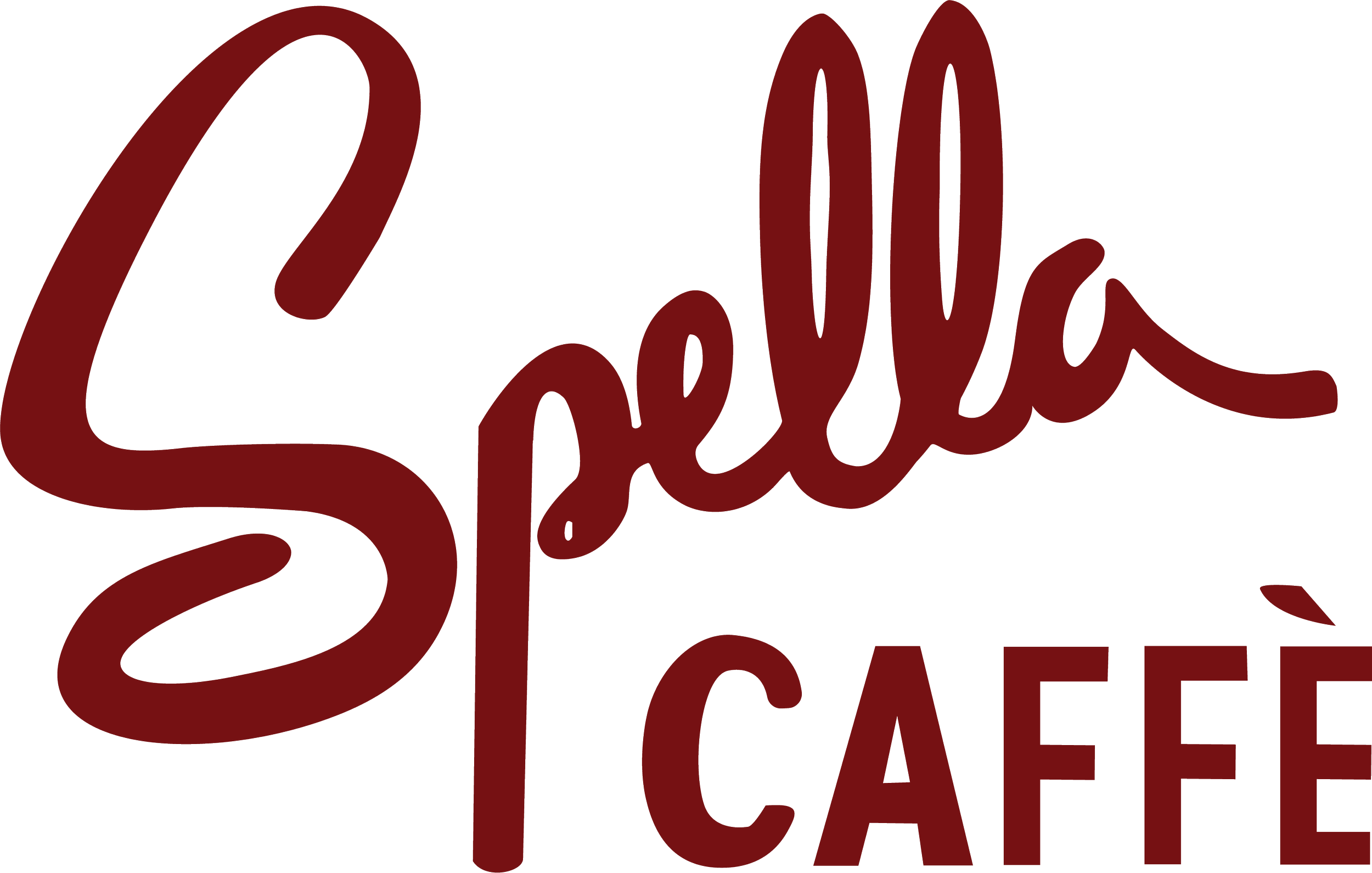Mokka Java: The World's First Blend
Mokka Java is arguably one of the most well known and widely produced blends in the coffee world, with good reason!
Dating back to the 17th century, this blend is likely the very first ever created. When two beans an ocean apart became mixed together, by chance or intentionally, the result created a rich and exotic experience unlike any other.
Crafting an authentic recreation of this blend is challenging, yet not impossible. We are so excited to share with you some of the history of the blend, as well as what makes our very limited production so special.
The History of Mokka Java
While the specifics are slightly debated depending on who you ask, the origins of coffee are said to date back to the 800’s in either Ethiopia or Yemen. One of our favorite legends of how this discovery was made means that you have goats to thank for your morning pick-me-up. Yes, goats!
The legend (loosely) goes that goat herders noticed their flock acting strangely, jumping around almost as if they were dancing. The men went to investigate the source of the strange behavior and came across a small shrub with bright red berries. When they tried the berries for themselves, they found that they too were energized. They filled their pockets with the fruit and took them back home. From there, the berries somehow made their way into a fire (either accidentally spilled or intentionally thrown by monks who considered the effects of the fruit “the Devil’s work”) and the aroma was said to be intoxicating! Over the years, coffee would become a staple for monks of the Sufi monasteries of Yemen, used to stay awake during nighttime devotions.
The knowledge of coffee would still take many centuries to spread to Europe. Once it did, the port of “al-Makha” (or Mohka) in Yemen would become the leading trading center for a fast growing population of European coffee drinkers.
In an attempt to stop the spread of coffee growing outside of Yemen and Ethiopia, the sale of fertile coffee was banned. However, it is said that in the early 1600’s the Dutch avoided this ban by shipping complete coffee plants. They then used these plants to cultivate their own crop in Batavia, the former capital of current Indonesia, and within a few years the port of Java became one of the most prolific producers of coffee in the world.
Thanks to the Dutch, the blend of these two coffees followed shortly after. While it is likely that the blend was a result of necessity rather than for flavor, it can’t be understated how complimentary the two are together. Java’s rich, healthy body and Yemen’s complex and exciting flavors make for a blend both rustic and elegant all at once.
Mokka Java Today
Over time, both Moka and Java have become terms synonymous with coffee. As the crop spread throughout Africa and Indonesia, coffee from Ethiopia and Sumatra were often shipped through the two popular ports and their names were used interchangeably to market them.
For this reason, it isn’t hard to find a contemporary version of this incredibly classic blend on the market. However, due to Yemen’s harsh and unforgiving climate (both geographically and politically) and difficulty sourcing quality beans from Java, you are unlikely to find one with coffee from either region that originally gave this historical blend its name.
From the 17th Century to Your Cup
The story of Mokka Java truly is reflective of the history of coffee as a whole, which is why it is with great joy and excitement that we can say that our Mokka Java is as close to authentic as you can get! We’ve sustainably sourced coffee from Mocca Haimi and Eastern Java to bring to you what is arguably the most classic blend in coffee’s long history.
Being able to work with such culturally significant beans is a dream come true for Andrea and the Spella Team. We hope you enjoy our take on this original blend, and when you brew yourself a cup at home, know that you are enjoying something truly historic.
